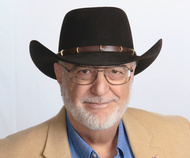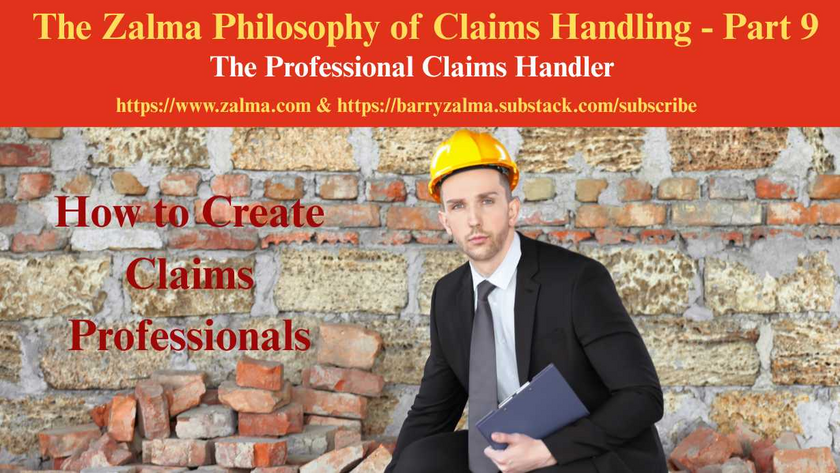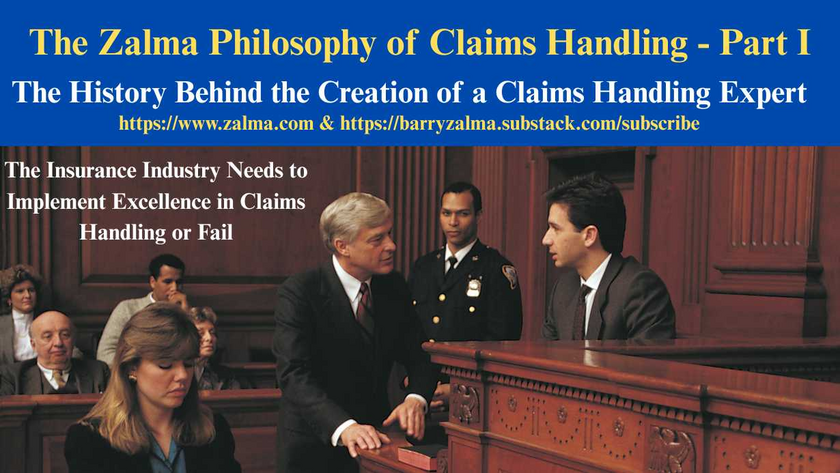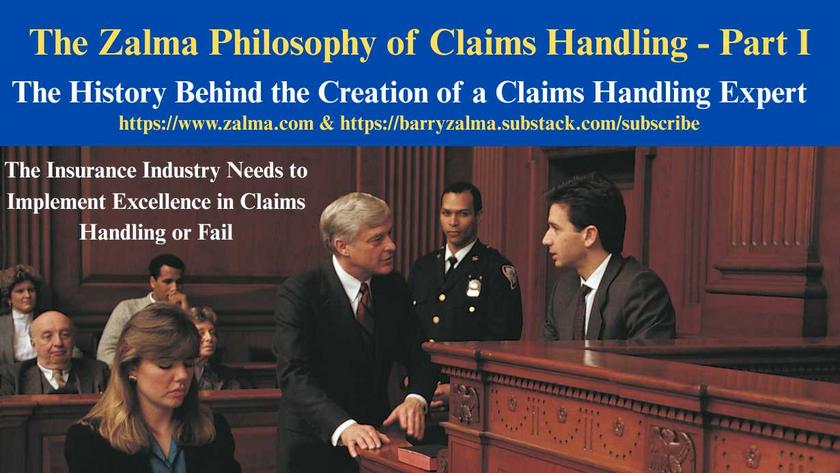
Burning Limits Policy Defeats Attempt to Collect $60,000,000 Verdict
Barry Zalma
Feb 16, 2024
Read the full article at https://lnkd.in/gXcYzTnD; see the full video at https://lnkd.in/g_wSbFcv and at https://lnkd.in/gfFh7vJk and at https://zalma.com/blog plus more than 4700 posts.
Post 4735
Unless There is Coverage or Evidence of Bad Faith Assignment Useless
FACTUAL BACKGROUND
In Kevin Julmist, et al v. Prime Insurance Co., et al, No. 22-10614, United States Court of Appeals, Eleventh Circuit (February 8, 2024) established that death of two liposuction patients were unable to collect any of the judgments over $60 Million because the policy protecting the doctors had a $50,000 burning limits per person policy limit and a $100,000 burning limit aggregate. The insurer refused to pay after expending its full $100,000 in defense and expense costs.
The insurance case grew out of tort claims after Dr. Nedra Dodds performed a surgical liposuction procedure on April Jenkins at CJL Healthcare, LLC (the Clinic) in Georgia. Jenkins died that same day. Four months after her death, on June 20, 2013 at the same clinic, Dr. Dodds performed a surgical liposuction procedure on Erica Beaubrun, who died that night.
The current case arises from the Clinic’s assignment to the Beaubrun estate of some of the Clinic’s claims against its insurance companies after a consent judgment in the amount of $60,000,000 was entered in favor of the Beaubrun estate and against the Clinic in the estate’s lawsuit.
The Eleventh Circuit found that the bottom line for this appeal is that under the terms of the policy, the defense of the Jenkins and the Beaubrun estates’ lawsuits exhausted the Clinic’s insurance coverage.
The Jenkins estate rejected an offer for the limits available. Prime notified the Clinic that the policy’s Professional Liability Limit of $50,000 for a single claim had been depleted defending the Jenkins estate lawsuit. Dodds was dismissed as a party, and the Jenkins estate’s case proceeded to trial, during which the Clinic was not represented by counsel. A default judgment was entered against the Clinic, and in December 2018 a jury awarded the Jenkins estate $60,000,000 in damages.
Similarly the Beaubrun estate rejected Prime’s $50,000 offer and sued. Prime’s letter to Dodds and the Clinic stated that the $50,000 “per claim limit of liability” had already been “completely depleted” in providing a defense in the Beaubrun “matter.” It added that the $50,000 per claim limit had also been expended “in relation to the claims of the Jenkins estate against the defendants. Prime withdrew its defense in the Beaubrun “matter” since the aggregate limit had been exhausted.
The Claims in the Present Lawsuit
In their complaint, the Beaubrun estate and the Clinic asserted the following claims against the defendants: Count 1 breach of duty against Claims Direct; Count 2 breach of contract against Prime; Count 3 negligence against Prime and Claims Direct; (the complaint has no Count 4); and Count 5 unauthorized sale of surplus lines insurance against Prime and Evolution. Counts 6 and 7 sought punitive damages and attorney’s fees against all the defendants.
DISCUSSION
The Limits of Liability section in the policy states that “[e]ach Wrongful Act Limit of Liability listed on the Declarations is the most we will pay for any combination of Damages and/or Claim Expenses because of all Damages arising or allegedly arising out of any one Wrongful Act.” The policy also caps payouts on multiple claims against the insured and “[n]otwithstanding anything contained in this Policy to the contrary, the Insurer’s financial obligation imposed by the coverage with respect to all Claims hereunder shall not exceed the amount specified on the Declarations as the aggregate Limit of Liability.” That’s a $100,000 cap on coverage for “all Claims.”
According to the policy’s plain terms, claim expenses come out of the policy’s limits. The policy defines “Claim Expenses” to include “[a]ll fees, costs, and expenses charged by any lawyer or other service provider designated by the Insurer to represent the Insured” and “[a]ll other fees, costs, and expenses . . . resulting from the investigation, adjustment, defense, and appeal of a Claim.” It sets the “Limit(s) of Liability” as the “maximum amount the Insurer will be obligated to pay for an otherwise covered Claim, including payment for Claim Expenses, Damages, or any other sums due under this Policy, the amount of which is set forth on the Declarations.” And “[a]ll Claim Expenses reduce the available Policy Limits.”
The district court was correct.
ZALMA OPINION
Burning limits policies were created to allow the insurer to know the exact amount it will need to pay in the event of catastrophic losses. Prime Insurance set a professional liability limit of $50,000 per occurrence and $100,000 in the aggregate – an obviously too small limit for the exposures faced by the doctor and the clinic. When the insurer exhausted the available limits it denied all further coverage and regardless of the judgments obtained in state court the Eleventh Circuit applied the contract terms and found that the insurer properly refused to pay more than the limit. Bad facts often make bad law but in this case the law was applied as the policy was written and made good law applying the contract as written. Why a medical practice would buy insurance with such small limits was suicidal.
(c) 2024 Barry Zalma & ClaimSchool, Inc.
Please tell your friends and colleagues about this blog and the videos and let them subscribe to the blog and the videos.
Subscribe to my substack at https://barryzalma.substack.com/publish/post/107007808
Go to Newsbreak.com https://www.newsbreak.com/@c/1653419?s=01
Go to X @bzalma; Go to the podcast Zalma On Insurance at; Go to Barry Zalma videos at Rumble.com at https://rumble.com/c/c-262921; Go to Barry Zalma on YouTube- https://www.youtube.com/channel/UCysiZklEtxZsSF9DfC0Expg; Go to the Insurance Claims Library – http://zalma.com/blog/insurance-claims-library.
Please tell your friends and colleagues about this blog and the videos and let them subscribe to the blog and the videos.
Go to X @bzalma; Go to Newsbreak.com https://lnkd.in/g8azKc34; Subscribe to my substack at https://lnkd.in/gcZKhG6g; Rumble.com at https://lnkd.in/gV9QJYH;
Go to the Insurance Claims Library – https://lnkd.in/gwEYkxD.
Refusal to Provide Workers’ Compensation is Expensive
Post 5240
Read the full article at https://lnkd.in/guC9dnqA, see the video at https://lnkd.in/gVxz-qmk and at https://lnkd.in/gUTAnCZw, and at https://zalma.com/blog plus more than 5200 posts.
In Illinois Department of Insurance, Insurance Compliance Department v.USA Water And Fire Restoration, Inc., And Nicholas Pacella, Individually And As Officer, Nos. 23WC021808, 18INC00228, No. 25IWCC0467, the Illinois Department of Insurance (Petitioner) initiated an investigation after the Injured Workers’ Benefit Fund (IWBF) was added to a pending workers’ compensation claim. The claim alleged a work-related injury during employment with the Respondents who failed to maintain workers’ compensation Insurance.
Company Overview:
USA Water & Fire Restoration, Inc. was incorporated on January 17, 2014, and dissolved on June 14, 2019, for failure to file annual reports and pay franchise taxes. It then operated under assumed names including USA Board Up & Glass Co. and USA Plumbing and Sewer. The business ...
Arsonist Incompetently Moves Pro Se to Avoid Prison
Post 5239
Read the full article at https://lnkd.in/gRX8TfKn, see the video at https://lnkd.in/gY3Jvnqp and at https://lnkd.in/gRCaaf-3, and at https://zalma.com/blog plus more than 5200 posts.
In Christopher A. Barosh v. Morris Houser, et al., Civ. No. 22-0769, United States District Court, E.D. Pennsylvania (November 25, 2025) a convicted arsonist and insurance fraudster moved the USDC acting in Pro se filed Objections to Magistrate Judge Reid’s Recommendation that the US District Judge dismiss his § 2254 Petition to avoid jail.
BACKGROUND
In October 2005, Barosh set fire to his girlfriend’s Philadelphia home — some 25 hours before the cancellation of the property’s insurance policy. Several witnesses saw Barosh leaving the property shortly before the fire erupted. After the fire, Barosh made “two separate admissions of guilt.”
He attempted to pay an acquaintance to provide him with an alibi for the time of the arson. The eyewitnesses, brother, and ...
Conditional Release Allows Supplemental Claims
Post 5238
Read the full article at https://lnkd.in/ge2yNQby, see the video at https://lnkd.in/gcSF9KWj and at https://lnkd.in/gQfJqwiM, and at https://zalma.com/blog plus more than 5200 posts.
A Release Should Totally Resolve Dispute
In Harvey et al. v. Hall, No. A25A1774, Court of Appeals of Georgia, Fourth Division (December 3, 2025) Paul Harvey, an employee of Arthur J. Dovers (d/b/a 3D Mobile Home Services), drove a truck towing a trailer loaded with machinery and equipment. Harvey fell asleep, veered off the road, and crashed into a culvert, causing Lamar Hall serious injuries.
FACTS OF SETTLEMENT
On August 18, 2020, Hall signed a limited liability release under OCGA § 33-24-41.1, releasing Harvey, Dovers, and their insurer (Georgia Farm Bureau Insurance Company) from liability for the accident in exchange for $50,000, “except to the extent other insurance coverage is available which covers the claim.”
Dovers’s general liability insurer (Republic-Vanguard ...
The Professional Claims Handler
Post 5219
Posted on October 31, 2025 by Barry Zalma
An Insurance claims professionals should be a person who:
Can read and understand the insurance policies issued by the insurer.
Understands the promises made by the policy.
Understand their obligation, as an insurer’s claims staff, to fulfill the promises made.
Are competent investigators.
Have empathy and recognize the difference between empathy and sympathy.
Understand medicine relating to traumatic injuries and are sufficiently versed in tort law to deal with lawyers as equals.
Understand how to repair damage to real and personal property and the value of the repairs or the property.
Understand how to negotiate a fair and reasonable settlement with the insured that is fair and reasonable to both the insured and the insurer.
How to Create Claims Professionals
To avoid fraudulent claims, claims of breach of contract, bad faith, punitive damages, unresolved losses, and to make a profit, insurers ...

The History Behind the Creation of a Claims Handling Expert
The Insurance Industry Needs to Implement Excellence in Claims Handling or Fail
Post 5210
This is a change from my normal blog postings. It is my attempt. in more than one post, to explain the need for professional claims representatives who comply with the basic custom and practice of the insurance industry. This statement of my philosophy on claims handling starts with my history as a claims adjuster, insurance defense and coverage lawyer and insurance claims handling expert.
My Training to be an Insurance Claims Adjuster
When I was discharged from the US Army in 1967 I was hired as an insurance adjuster trainee by a professional and well respected insurance company. The insurer took a chance on me because I had been an Army Intelligence Investigator for my three years in the military and could use that training and experience to be a basis to become a professional insurance adjuster.
I was initially sat at a desk reading a text-book on insurance ...

The History Behind the Creation of a Claims Handling Expert
The Insurance Industry Needs to Implement Excellence in Claims Handling or Fail
Post 5210
This is a change from my normal blog postings. It is my attempt. in more than one post, to explain the need for professional claims representatives who comply with the basic custom and practice of the insurance industry. This statement of my philosophy on claims handling starts with my history as a claims adjuster, insurance defense and coverage lawyer and insurance claims handling expert.
My Training to be an Insurance Claims Adjuster
When I was discharged from the US Army in 1967 I was hired as an insurance adjuster trainee by a professional and well respected insurance company. The insurer took a chance on me because I had been an Army Intelligence Investigator for my three years in the military and could use that training and experience to be a basis to become a professional insurance adjuster.
I was initially sat at a desk reading a text-book on insurance ...













